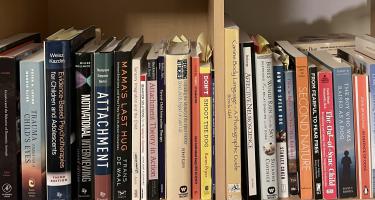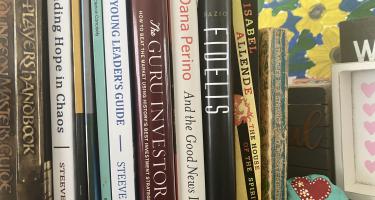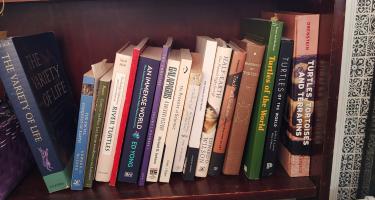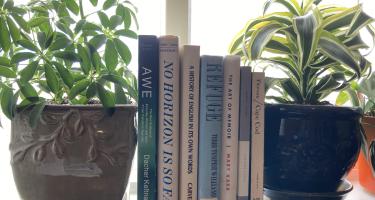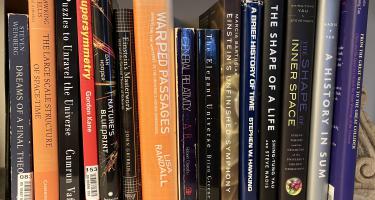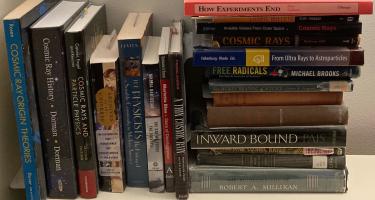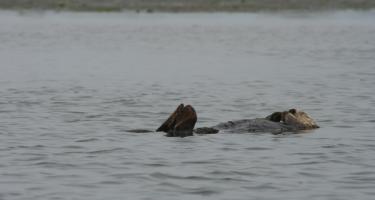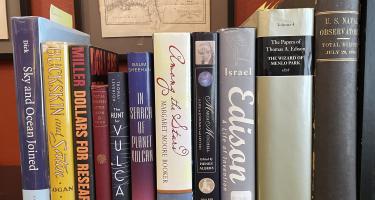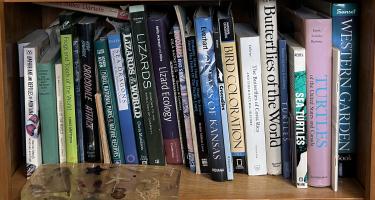
Sneed B. Collard III—Like No Other: Earth’s Coolest One-of-a-Kind Creatures
The Australian platypus, though a mammal, lays eggs. Whale sharks, the world’s longest fish, may be 60 ft long. New Zealand’s kakapo, the world’s largest parrot, can’t fly, Sneed B. Collard III reports in Like No Other: Earth’s Coolest One-of-a-Kind Creatures. Collard, author of nearly 100 science books for young readers, includes additional resources and exercises in this amply-illustrated book.
